Delicious Vietnamese Rice Noodle Soup: Discover the Tasty Pho Hanoi Specialty
Bún thang
Bún thang is a popular dish in Hanoi, Vietnam. It is a delicate and flavorful noodle soup that is loved by locals and tourists alike. The dish is typically made with thin rice vermicelli noodles, shredded chicken, pork, fried egg, and various herbs and garnishes.
Origin
Bún thang originated in the streets of Hanoi and is considered a traditional dish of the city. It is believed to have been created during the 19th century, and its name "thang" refers to the crossbeams of roofs in the old citadel of Hanoi, symbolizing the wealth and stability of the dish.

Ingredients
The main ingredients of bún thang include:
- Rice vermicelli noodles
- Shredded chicken and pork
- Fried egg
- Bean sprouts
- Shrimp paste
- Vietnamese coriander
- Spring onions
- Dried shrimp
- Fish sauce
- Chicken broth
Preparation
To prepare bún thang, first, the rice vermicelli noodles are cooked until they are tender. The shredded chicken and pork are also cooked separately until they are well-done. The fried egg is thinly sliced and set aside. Various herbs and garnishes, such as Vietnamese coriander, spring onions, dried shrimp, and bean sprouts, are also prepared.
Next, a bowl is filled with the cooked rice vermicelli noodles and topped with the shredded chicken and pork. The fried egg slices are added on top, and the herbs and garnishes are scattered around the bowl. Finally, shrimp paste and fish sauce are drizzled over the dish, and it is served with a side of chicken broth.
Phở bò
Phở bò is a traditional Vietnamese beef noodle soup that is particularly famous in the city of Hanoi. It is a comforting and aromatic soup that is typically enjoyed as a breakfast or lunch dish.
Origin
Phở bò originated in the early 20th century in northern Vietnam, particularly in Hanoi. It is believed to have been influenced by French culinary techniques and Chinese cuisine, resulting in a unique blend of flavors.
Ingredients
The main ingredients of phở bò include:
- Rice noodles
- Beef (usually thinly sliced, but sometimes including other cuts like brisket or flank)
- Beef broth
- Onions
- Ginger
- Star anise
- Cinnamon
- Cloves
- Bean sprouts
- Fresh herbs (such as Thai basil, cilantro, and mint)
- Lime wedges
- Sriracha sauce or hoisin sauce (optional)
Preparation
Preparing phở bò requires several steps to achieve its rich and flavorful broth. The beef broth is simmered for several hours, infused with aromatic spices like star anise, cinnamon, and cloves, as well as onions and ginger. The broth is then strained to remove any impurities.
In a separate pot, the rice noodles are cooked until they are tender. Thinly sliced beef is added to the hot broth to cook just before serving. The rice noodles are placed in a bowl, and the beef is added on top. The hot broth is poured over the noodles and meat, and the dish is garnished with bean sprouts, fresh herbs, lime wedges, and optional condiments like sriracha sauce or hoisin sauce.
Phở gà
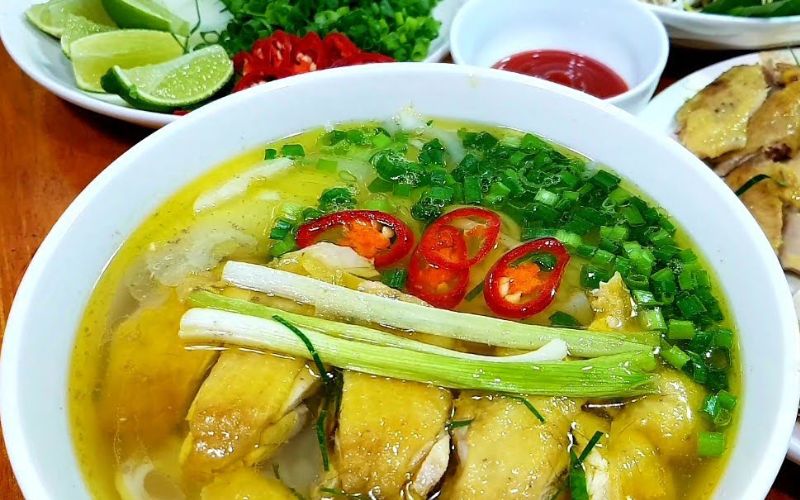
Phở gà, also known as chicken pho, is a variation of the famous Vietnamese noodle soup dish. While phở bò typically features beef, phở gà is made with chicken, resulting in a lighter and milder flavor profile.
Origin
Phở gà is believed to have originated in northern Vietnam, specifically in Hanoi. It emerged as an alternative to the beef-based phở bò, offering a lighter and more subtle flavor option.
Ingredients
The main ingredients of phở gà include:
- Rice noodles
- Chicken (typically bone-in chicken, such as chicken quarters)
- Chicken broth
- Onions
- Ginger
- Star anise
- Cinnamon
- Cloves
- Bean sprouts
- Fresh herbs (such as Thai basil, cilantro, and mint)
- Lime wedges
- Sriracha sauce or hoisin sauce (optional)
Preparation
Similar to phở bò, phở gà also requires a flavorful broth as its base. The chicken broth is prepared by simmering chicken bones, onions, ginger, star anise, cinnamon, and cloves for several hours. The broth is then strained to remove any impurities.
The rice noodles are cooked separately until they are tender. The chicken is boiled in water until fully cooked, and the meat is then shredded or left as bone-in pieces. The hot broth is poured over the rice noodles and shredded chicken, and the dish is garnished with bean sprouts, fresh herbs, lime wedges, and optional condiments like sriracha sauce or hoisin sauce.
Miến lươn
Miến lươn is a unique noodle dish in Hanoi, Vietnam, that features eel and glass noodles. It is a popular choice for adventurous food enthusiasts seeking a taste of the local flavors.
Origin
Miến lươn has been enjoyed for centuries in Hanoi, dating back to the time when eels were widely found in the city's rivers and lakes. The dish has since become a specialty and a beloved part of Hanoi's culinary landscape.
Ingredients
The main ingredients of miến lươn include:
- Eel
- Glass noodles (also known as cellophane noodles or mung bean noodles)
- Chicken broth
- Garlic
- Shallots
- Fish sauce
- Soy sauce
- Sugar
- Black pepper
- Vietnamese coriander
- Bean sprouts
- Lime wedges
Preparation
Preparing miến lươn involves cleaning and cutting the eel into small pieces. The glass noodles are soaked in warm water until they become soft and translucent.
A wok or large frying pan is then heated, and the eel pieces are stir-fried with garlic and shallots until they are cooked through. The soaked glass noodles are added to the wok and stir-fried together with the eel, infusing them with the flavors of the dish.
In a separate pot, the chicken broth is prepared and seasoned with fish sauce, soy sauce, sugar, and black pepper. The cooked eel and glass noodles are placed in a bowl, and the hot chicken broth is poured over them. The dish is garnished with Vietnamese coriander, bean sprouts, and lime wedges.
Bún mọc
Bún mọc is a traditional Vietnamese dish that combines pork meatballs, vermicelli noodles, and a flavorful broth. It is a popular street food option in Hanoi, offering a satisfying and comforting meal.
Origin
Bún mọc is believed to have originated in northern Vietnam, and it has become a staple in Hanoi's street food scene. The dish showcases the creativity and skill of Vietnamese cuisine, combining different textures and flavors in one bowl.
Ingredients
The main ingredients of bún mọc include:
- Ground pork
- Wood ear mushrooms
- Rice vermicelli noodles
- Chicken or pork broth
- Onions
- Garlic
- Shallots
- Fish sauce
- Soy sauce
- Sugar
- Black pepper
- Fresh herbs (such as Thai basil, cilantro, and mint)
- Bean sprouts
- Lime wedges
Preparation
To prepare bún mọc, ground pork is mixed with finely chopped wood ear mushrooms, onions, garlic, shallots, fish sauce, soy sauce, sugar, and black pepper to form small meatballs. These meatballs are then steamed until they are cooked through and tender.
In a separate pot, the chicken or pork broth is prepared and seasoned to taste. The rice vermicelli noodles are cooked until they are tender and placed in a bowl. The steamed pork meatballs are added on top, and the hot broth is poured over the noodles and meatballs.
The dish is garnished with fresh herbs, bean sprouts, and lime wedges. Additional condiments like fish sauce or chili sauce can be added according to personal preference.
Bún ốc

Bún ốc is a popular Vietnamese dish that originated in Hanoi, Vietnam. It is a noodle soup made with rice vermicelli, snail meat, and a flavorful broth. This unique dish is beloved by locals and visitors alike, offering a delicious and authentic taste of Hanoi street food.
The Ingredients
The main ingredients in Bún ốc include rice vermicelli noodles, fresh snail meat, tomatoes, green onions, and various herbs and spices such as lemongrass, shrimp paste, and chili. The combination of these ingredients creates a rich and savory broth that is the backbone of this dish.
The Preparation
Before cooking, the snails are thoroughly cleaned and boiled to remove any impurities. The broth is then prepared by simmering the snail shells, along with the spices, in water for several hours. This slow cooking process allows the flavors to develop and infuse into the broth.
Serving and Enjoying
Bún ốc is typically served in a bowl filled with the flavorful broth, rice vermicelli noodles, and a generous amount of snail meat. The dish is garnished with fresh herbs, green onions, and a squeeze of lime for added zest. It is common to eat Bún ốc with a side of bean sprouts, chili sauce, and shrimp paste for extra flavor.
When enjoying Bún ốc, it is customary to mix all the ingredients together before taking a bite. This allows the flavors to meld and creates a harmonious combination of textures and tastes. Each spoonful is a burst of flavors, with the tender snail meat adding a unique twist to this traditional Hanoi street food.
Bún riêu
Bún riêu is another popular dish that is widely enjoyed in Hanoi, Vietnam. It is a rice vermicelli soup with crab meatballs and a tangy tomato broth. This flavorful dish is a staple of Hanoi street food and is often enjoyed for breakfast or lunch.
The Ingredients
The main ingredients in Bún riêu include rice vermicelli noodles, tomato broth, crab meatballs, tofu, and a variety of fresh herbs and vegetables such as bean sprouts, lettuce, and cilantro. The combination of these ingredients creates a light and refreshing soup with a unique tangy flavor.
The Preparation
The crab meatballs used in Bún riêu are made by grinding fresh crab meat, along with other ingredients such as minced pork, shrimp paste, and eggs. This mixture is then shaped into small meatballs and cooked in the tomato broth. The tomato broth is made by simmering tomatoes, onions, and spices until they are soft and fragrant.
Serving and Enjoying
Bún riêu is served in a bowl filled with rice vermicelli noodles, crab meatballs, tofu, and a ladle of the flavorful tomato broth. It is common to garnish the dish with fresh herbs, bean sprouts, and a squeeze of lime for added zest. Additional condiments such as fish sauce and chili can be added according to personal preference.
When eating Bún riêu, it is customary to mix all the ingredients together to ensure an even distribution of flavors. The crab meatballs provide a unique texture and savory taste, while the tangy tomato broth adds a refreshing twist to this beloved Hanoi street food.
Phở bò sốt vang
Phở bò sốt vang is a popular Vietnamese dish that has gained international recognition. It is a beef noodle soup with red wine sauce, known for its rich and complex flavors. This dish is a must-try for anyone visiting Hanoi, Vietnam.
The Ingredients
The main ingredients in Phở bò sốt vang include rice noodles, beef slices, beef broth, red wine sauce, and various herbs and spices such as cinnamon, star anise, and ginger. These ingredients come together to create a deeply aromatic and flavorful broth.
The Preparation
To prepare Phở bò sốt vang, the beef broth is simmered with aromatic spices for several hours to extract their flavors. The rice noodles are cooked separately and then added to the broth along with the beef slices. The dish is garnished with fresh herbs and bean sprouts for added freshness.
Serving and Enjoying
Phở bò sốt vang is traditionally served in a large bowl filled with the flavorful broth, rice noodles, and tender beef slices. It is common to garnish the dish with fresh herbs, bean sprouts, and a squeeze of lime for additional flavor.
When eating Phở bò sốt vang, it is customary to add the red wine sauce to the broth according to personal preference. This sauce adds a unique depth of flavor and complements the richness of the beef and spices. Each spoonful of this iconic Hanoi street food is a delightful combination of fragrant broth, tender beef, and the satisfying chewiness of the rice noodles.
Miến ngan

Miến ngan is a traditional Vietnamese dish that originated in Hanoi, Vietnam. It is a duck noodle soup made with glass noodles and a fragrant broth. This comforting dish is often enjoyed during special occasions and is a true representation of Hanoi cuisine.
The Ingredients
The main ingredients in Miến ngan include duck meat, glass noodles, chicken broth, dried shiitake mushrooms, and a variety of herbs and spices such as ginger, Chinese five-spice powder, and fish sauce. These ingredients create a flavorful and aromatic broth that is the heart of this dish.
The Preparation
To prepare Miến ngan, the duck meat is marinated with spices and seared to lock in the flavors. The glass noodles are soaked in water until they are soft, and the dried shiitake mushrooms are rehydrated and sliced. The chicken broth is then simmered with the duck meat, mushrooms, and other spices until the flavors are well-infused.
Serving and Enjoying
Miến ngan is traditionally served in a bowl filled with glass noodles, tender duck meat, and a ladle of the flavorful chicken broth. The dish is garnished with fresh herbs, sliced green onions, and a sprinkle of ground black pepper for added aroma.
To enjoy Miến ngan, it is customary to mix all the ingredients together before taking a bite. Each spoonful of this Hanoi specialty is a harmonious blend of tender duck meat, slippery glass noodles, and the fragrant and comforting broth.
Bún cá

Bún cá is a popular Vietnamese dish that is commonly found in Hanoi, Vietnam. It is a fish noodle soup known for its light and refreshing flavors. This dish is a favorite among locals and visitors alike, offering a delicious taste of Hanoi street food.
The Ingredients
The main ingredients in Bún cá include fish fillets, rice vermicelli noodles, fish broth, tomatoes, dill, and a variety of herbs and spices. These ingredients come together to create a flavorful and aromatic soup that is the highlight of this dish.
The Preparation
To prepare Bún cá, the fish fillets are marinated with spices and then grilled or fried until they are cooked through. The fish broth is made by simmering fish bones and other ingredients such as ginger and lemongrass for several hours. This slow cooking process extracts the flavors from the bones and infuses them into the broth.
Serving and Enjoying
Bún cá is traditionally served in a bowl filled with rice vermicelli noodles, fish fillets, and a ladle of the flavorful fish broth. The dish is garnished with fresh herbs, sliced tomatoes, and dill for added freshness and aroma.
To enjoy Bún cá, it is customary to mix all the ingredients together to ensure a balanced combination of flavors and textures. Each spoonful of this beloved Hanoi street food is a delightful blend of tender fish, chewy noodles, and the fragrant and light soup.
Pho Bo - Beef Noodle Soup Hanoi Style
Hanoi, the capital city of Vietnam, is known for its vibrant street food culture and flavorful dishes. One of the most iconic and beloved dishes is Pho Bo, a delicious beef noodle soup that is a must-try for visitors to the city. Hanoi's version of Pho Bo has its own unique twist and is widely regarded as some of the best in the country.
Hanoi Soup Takes on Many Variations
Within the bustling streets of Hanoi, you can find an array of different variations of noodle soup. Each neighborhood and eatery has its own special recipe and ingredients, resulting in a diverse culinary experience for soup lovers. From the rich and hearty Broth to the delicate balance of flavors in the garnishes, Hanoi soup truly has something for everyone.
11 Piping Hot Bowls of Soup
During your visit to Hanoi, make sure to try these 11 popular bowls of soup:
1. Phở (Rice Noodle Soup)
Pho is undoubtedly the star of Hanoi's soup scene. It consists of a flavorful broth, made by simmering beef bones, aromatic spices, and herbs for hours. Thin rice noodles are added to the broth along with tender slices of beef, creating a hearty and comforting bowl of soup. The perfect bowl of Pho should have a clear and fragrant broth, tender beef, and fresh herbs.
Best Pho in Hanoi
When it comes to Pho in Hanoi, there are a few places that are considered the best in town:
Vietnam
Vietnam is home to countless street vendors and small restaurants that serve exceptional Pho. Places like Pho Bat Dan and Pho Thin are extremely popular among locals and tourists alike. These establishments have been perfecting their recipes for generations, ensuring that each bowl of Pho is packed with flavor and authenticity.
Laos
While Laos is not typically associated with Pho, its neighboring country has put its own spin on this iconic dish. The Pho in Laos tends to be lighter and less heavy on the herbs and condiments. However, it still captures the essence of traditional Pho and is a must-try if you find yourself in Laos.
Cambodia
Cambodian Pho, also known as Kuy Teav, has its unique flavor profile. The broth is often made with pork bones, resulting in a sweeter and slightly different taste compared to traditional Pho. Kuy Teav is commonly garnished with minced pork, shrimp, and fresh herbs, creating a delicious and satisfying soup.
The Old Citadel Hanoi
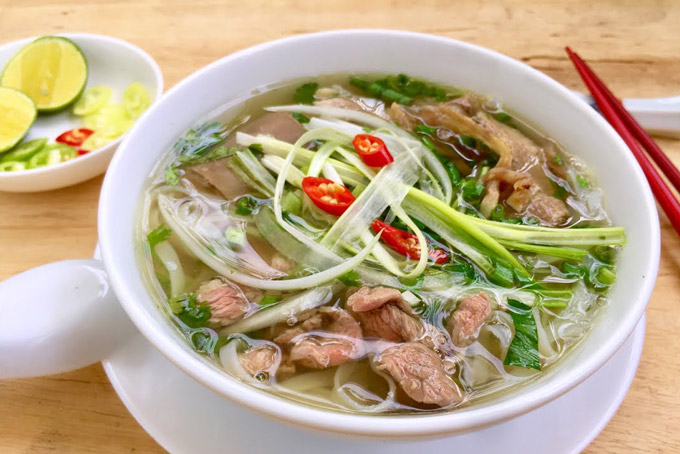
The Old Citadel, located in the heart of Hanoi, is a UNESCO World Heritage site and a historical gem. It served as the political center of Vietnam for centuries and is home to numerous ancient structures and relics dating back to the 11th century. Visitors to Hanoi should not miss the opportunity to explore the rich history and cultural significance of the Old Citadel.
Den Ngoc Son Temple
Within the Old Citadel, one of the most prominent landmarks is the Den Ngoc Son Temple. Situated on an island in the picturesque Hoan Kiem Lake, this temple is a symbol of Vietnamese spirituality and serves as a place of worship and tranquility. The architecture of Den Ngoc Son Temple is a combination of traditional Vietnamese and Chinese elements, making it a stunning sight to behold.
Inside the temple, visitors can find various altars dedicated to different deities and historical figures. The air is filled with the scent of incense, creating a serene and spiritual atmosphere. Outside the temple, the vibrant street life of Hanoi surrounds the lake, offering a striking contrast to the peacefulness of the temple.
Exploring the Old Citadel and visiting Den Ngoc Son Temple is a journey through Vietnam's rich history and cultural heritage. From the ancient structures to the spiritual ambiance, every aspect of this historical site is significant and captivating.
Whether you're indulging in a steaming bowl of Pho Bo or immersing yourself in the history of the Old Citadel, Hanoi offers a vibrant and enriching experience for travelers. The city's culinary delights and cultural treasures make it a must-visit destination for anyone seeking an authentic Vietnamese experience.
Conclusion
In conclusion, Pho Hanoi soup is a delicious and iconic dish that represents the rich culinary heritage of Hanoi, Vietnam. Its flavorful broth, tender noodles, and choice of meat or vegetables make it a popular choice among locals and tourists alike. Whether enjoyed during a hanoi street tour or at a traditional eatery in the heart of the city, Pho Hanoi soup offers a taste of the vibrant culture and history that surrounds it. As you indulge in this traditional dish, let your senses transport you to the bustling streets of Hanoi, where the aroma of simmering broth mingles with the sights of the old citadel and the tranquility of Den Ngoc Son Temple.

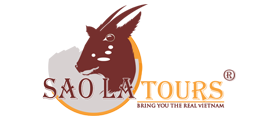
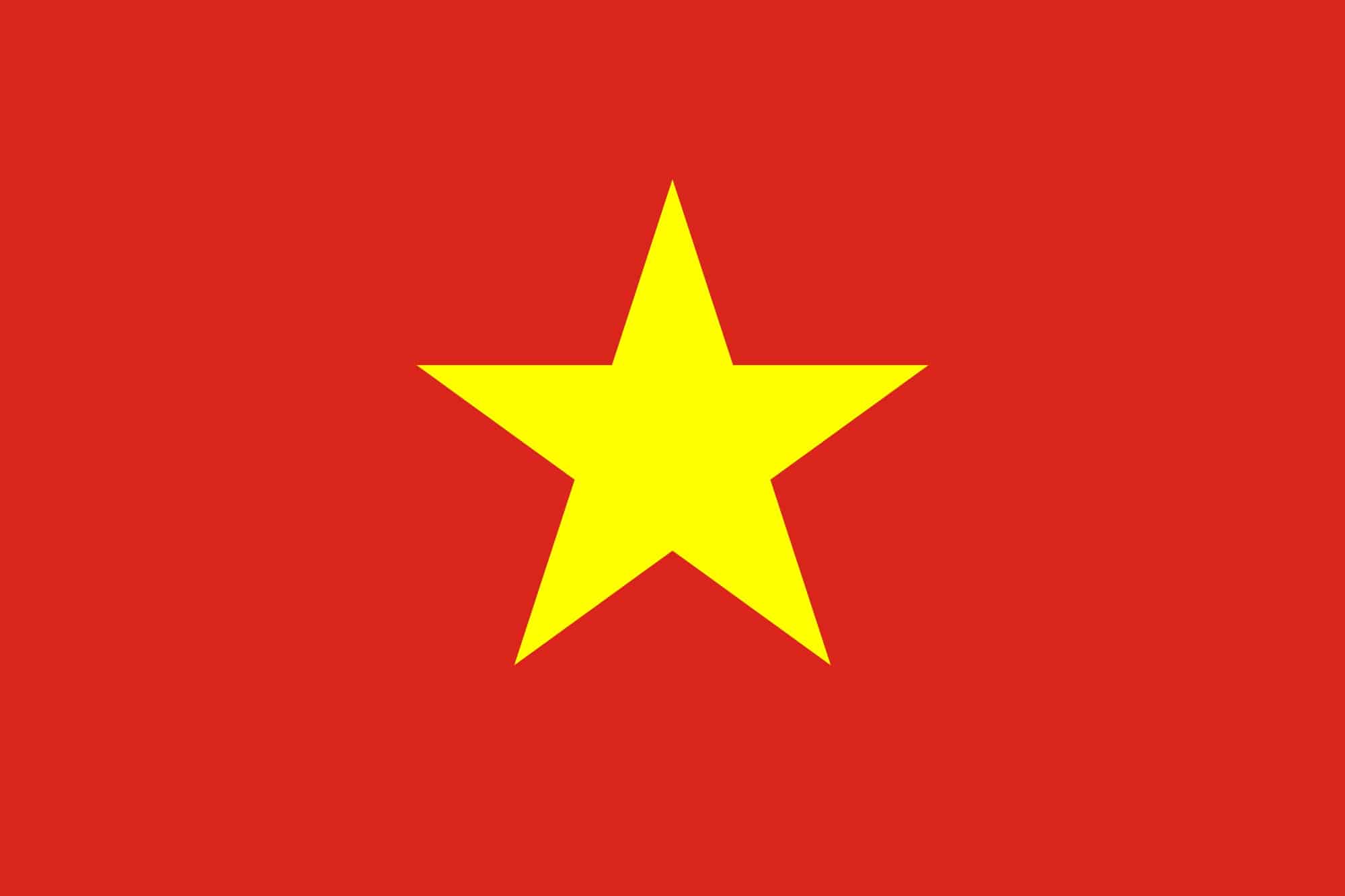














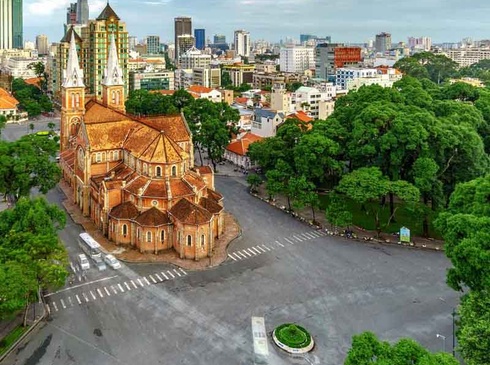

There are 0 comments, reviews about Delicious Vietnamese Rice Noodle Soup: Discover the Tasty Pho Hanoi Specialty
AAdminAdmin
Welcome, honored guests. Please leave a comment, we will respond soon